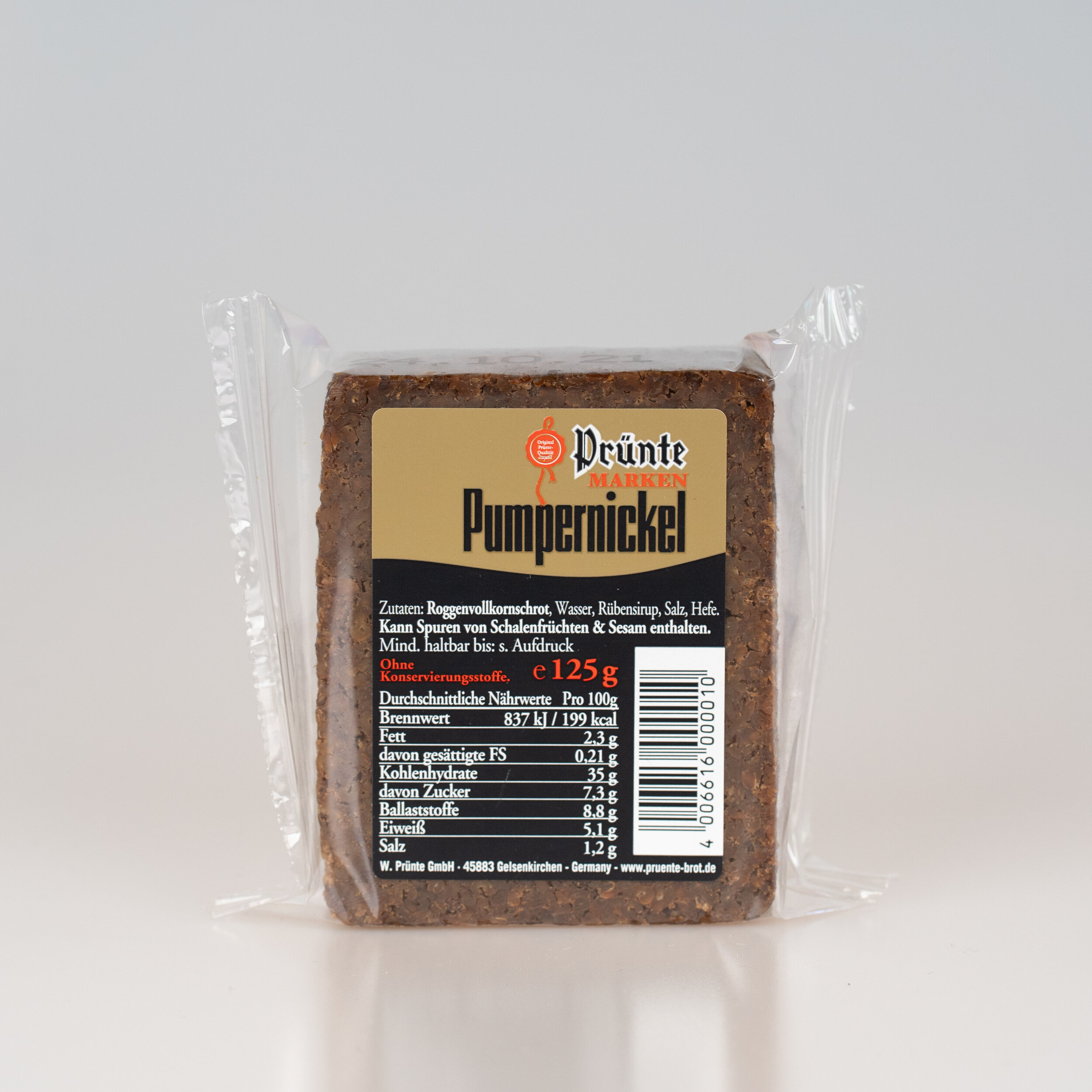Pumpernickel – The speciality from Westphalia
Pumpernickel has its origins in Westphalia in the 17th century at the time of the Thirty-Years War. In this region, it is still very popular as daily bread. In other regions and in particular outside of Germany, Pumpernickel is appreciated very much as a bread speciality. It is told that during the Thirty Years’ War some farmers in
Westphalia needed to leave their farmyards for one day in order to flee from hostile invaders. One day later when returning back, the bread, which they had left in the oven, had become black. That is the reason why in Westphalia the term “Swattbraut” is still in use.
Pumpernickel – an unusual name for a bread
There exist lots of stories and oral traditions about the emergence of the name Pumpernickel, but nobody really knows the truth. The probably most famous but at the same time less probable version has its origins during the time when Napoleon conquered many parts of Germany. Once being in Westphalia, somebody served him this dark and solid bread that is so typical of that region. Napoleon found this bread very strange and did not like it at all.
He declared that this dark rye bread was only suitable for feeding his horse whose name was Nicol. The Westphalians liked Napoleons words “C’est bon pour Nicol.” (That is good for Nicol), so that they simply adopted this remark as the name for their bread, for which they had not had any expression so far. Later on, the Germanized version “Pumpernickel” became established.




